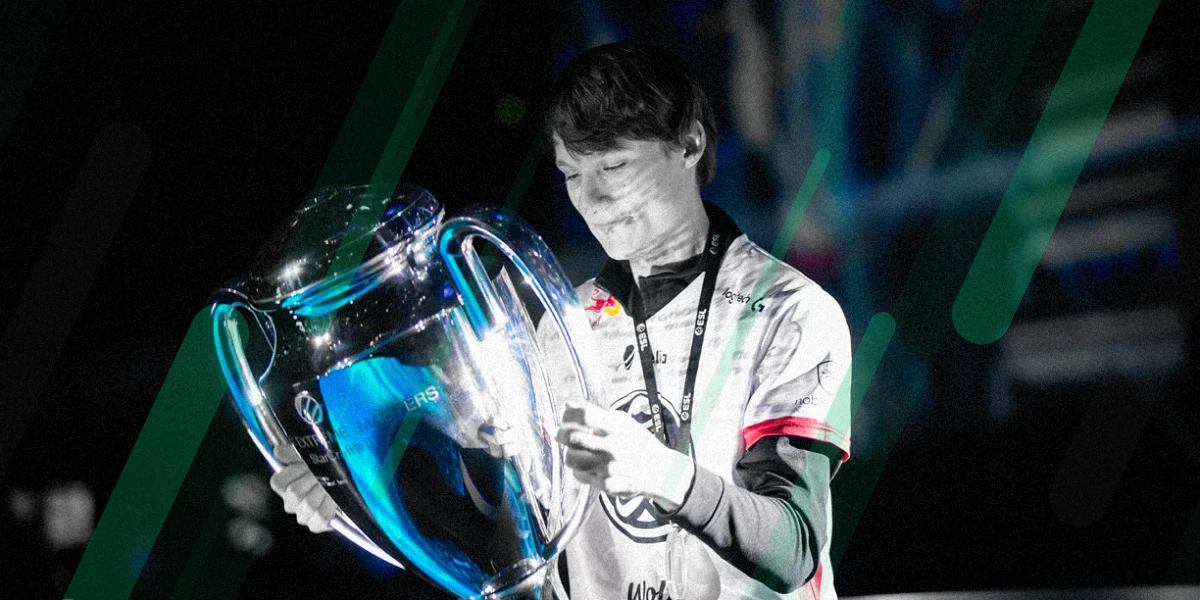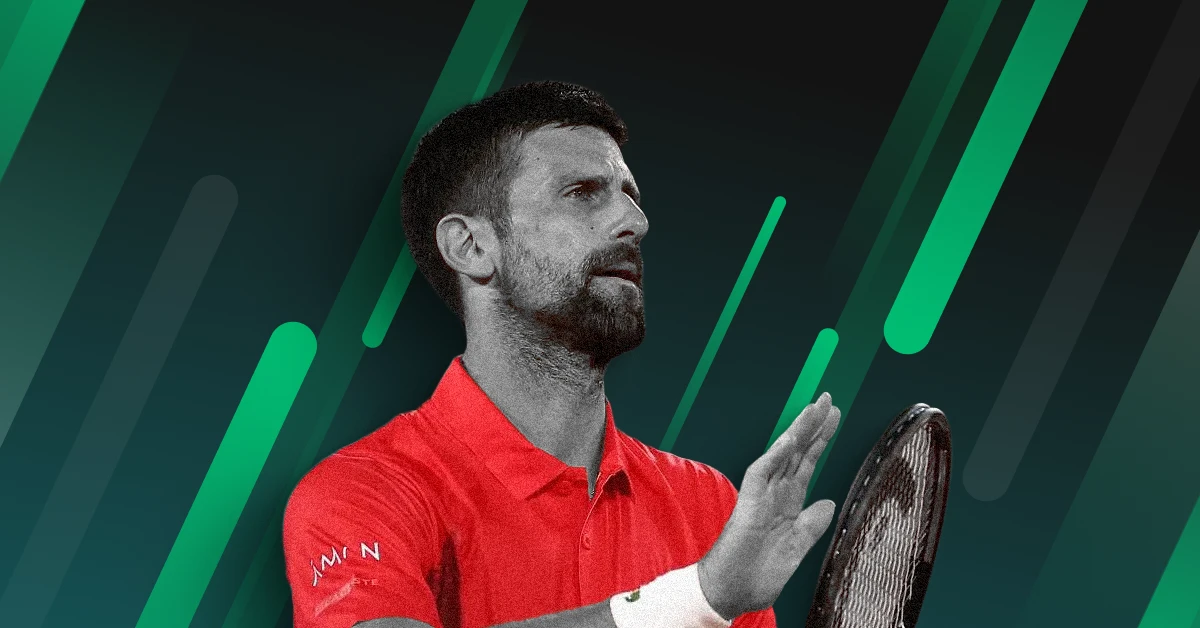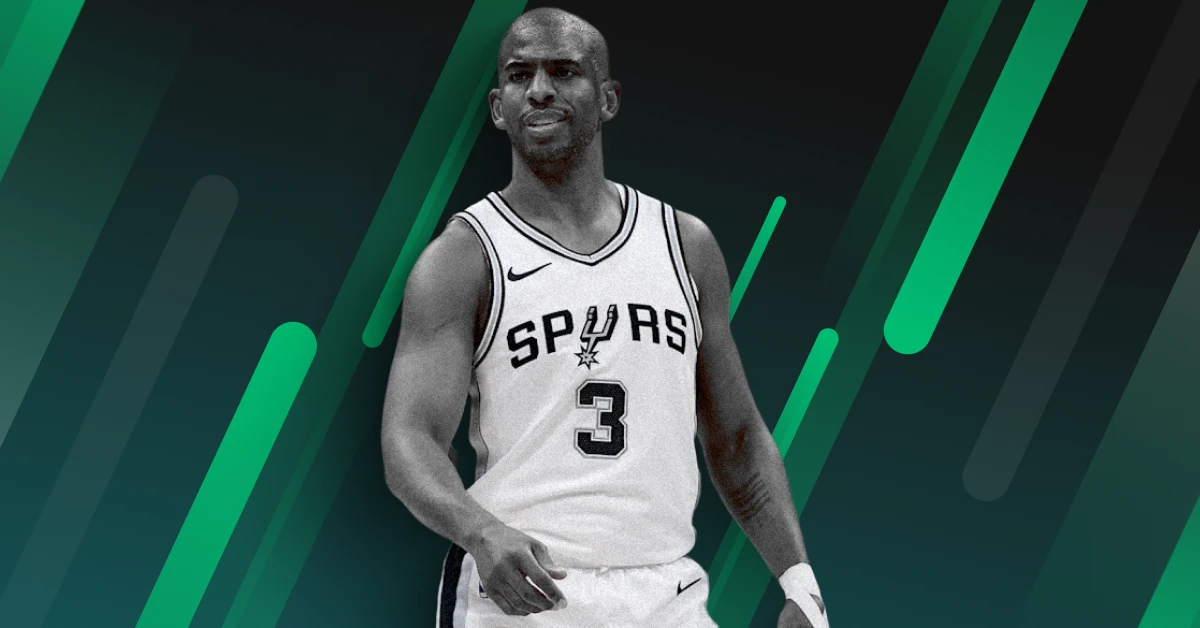Dota 2 Dominance
First released in 2013, Dota 2 has then continued to work on its quality for players all over the world. Starting out as a simple Warcraft III mod, Dota became a prominent esports title in just a short time and has quickly evolved into a hub for pro gamers to showcase their talents in the game. As time went by, Dota 2 continued to be a giant in the esports scene, which says a lot about its influence and dominance as a whole.
Dota 2 has long held a position of prestige in the esports ecosystem, largely due to its deep strategic gameplay, dedicated global fanbase, and record-breaking prize pools. Developed by Valve Corporation, Dota 2’s complexity and steep learning curve set it apart from many other competitive games. Unlike titles that prioritize speed and reflexes, Dota 2 rewards long-term strategy, intricate team coordination, and high-level decision-making.
Dota 2’s Continued Consistency
One of the most defining elements of Dota 2’s dominance is The International (TI), its annual world championship. TI consistently offers the largest prize pools in esports history, with several editions surpassing $30 million thanks to community-driven funding through in-game purchases.
These staggering figures not only attract top-tier talent from around the globe but also generate massive media attention, reinforcing Dota 2’s status as a premier esport. The scale and grandeur of the event make it a cultural phenomenon within the gaming world, drawing millions of viewers on streaming platforms and spawning countless regional qualifiers and feeder tournaments throughout the year.
Beyond its flagship tournament, Dota 2 also boasts a robust competitive infrastructure that includes the Dota Pro Circuit (DPC). This structured league system allows teams to compete in regional tournaments and earn points toward qualification for The International. The DPC ensures a year-round competitive calendar and sustains fan engagement between major events.
Despite facing competition from newer titles and occasional internal challenges, Dota 2’s combination of legacy, innovation, and community loyalty continues to solidify its place at the top of the esports hierarchy.
The Player Count and Active Accounts
Dota 2 has been one of the prominent games over the decades, and it is easy to say that there’s also a chance that it may have seen impressive player retention, as well as player drops from time to time. But how has it fared over the years?
Dota 2 Active Players on Steam Over the Years

The game reached its highest average player count in 2016 with over 1 million active users. This period represented the height of Dota 2's mainstream popularity, likely fueled by a maturing competitive scene, growing visibility on streaming platforms, and high community engagement through in-game events and compendiums. While it has remained strong since, no year has quite matched the 2016 numbers.
From 2016 to 2019, Dota 2 saw a steady decline in player numbers, bottoming out at around 616,000 in 2019. This drop is significant, but it doesn’t signal a collapse — it’s more of a correction from the explosive early years. Some of the decline could be attributed to the rise of competing games, changes in the meta, or dissatisfaction with certain updates. Yet, despite these hurdles, Dota 2 maintained a core player base that many games would envy.
While there was a modest decline from 827,000 in 2022 to 744,000 in 2024, the recent numbers suggest that Dota 2 has settled into a more stable, long-term player base. Rather than trying to chase trends, Valve appears to be supporting the game with consistent updates and events that keep its loyal audience engaged without dramatically overhauling the core experience.
Number of Registered Accounts in Dota 2

Dota 2 continues to evolve — not just in gameplay, but in its player base. A look at the number of registered accounts over the past four years gives us insight into the game’s growth, player engagement trends, and how competitive interest may be shifting.
From 2022 to 2025, Dota 2 added over 8 million new accounts, growing from 81.16 million to 89.33 million. This steady increase suggests that the game still attracts new players each year. Whether it’s through friends, esports hype, or Valve’s consistent updates, Dota 2 continues to bring fresh eyes into its complex universe — even nearly a decade and a half after launch.
By 2025, over 92% of Dota 2 accounts are uncalibrated. This trend reveals an increasingly casual player base that might prefer the game’s non-competitive modes or simply isn’t interested in the grind of ranked matchmaking. It could also reflect a barrier to entry in ranked play, whether that’s perceived skill gaps, time commitment, or onboarding issues for newer players.
Is Dota 2 Still a Dominant Esports Title?
Dota 2 may no longer command the explosive growth it once had, but the numbers show a game that has matured gracefully. With a stable player base in the hundreds of thousands and one of the most respected esports scenes in the world, Dota 2 continues to be a force in competitive gaming. Its journey through peaks and valleys offers a valuable lesson in longevity: build depth, foster community, and the players will stick around.
Dota 2's account data from 2022 to 2025 shows a maturing player base and a subtle change in how people interact with the game. While the competitive side may be contracting slightly, the casual and social aspects are keeping the ecosystem alive.

For a game as demanding as Dota 2, this kind of sustained global interest — whether in ranked or unranked modes — is a strong indicator of lasting impact.
Dota 2’s enduring appeal lies not just in prize money or peak player numbers, but in its unmatched depth, fiercely loyal community, and the legacy it continues to build year after year. As newer titles rise and fall, Dota 2 proves that longevity in esports isn't about constant reinvention — it's about staying true to what makes a game great, while adapting just enough to keep the fire alive.













_800x800.webp)






























